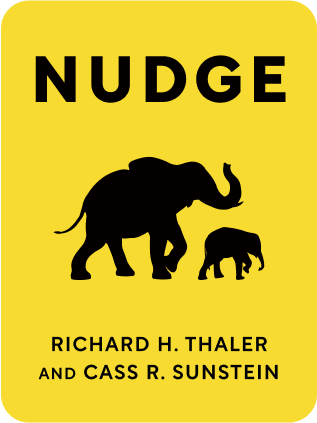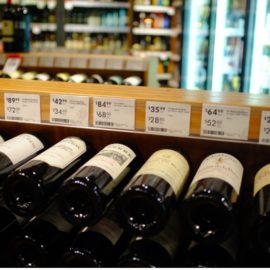

This article is an excerpt from the Shortform summary of "Nudge" by Richard H. Thaler and Cass R. Sunstein. Shortform has the world's best summaries of books you should be reading.
Like this article? Sign up for a free trial here .
What is Nudge decision making? How does it work and how can it help people make better decisions?
Nudge helps people make good choices. You gently push them towards better options, benefitting that person and those around them.
Read more about Nudge, decision making, and more.
What Is Nudge Decision Making?
Libertarian paternalism seeks to direct individuals to the choices they would otherwise make themselves without constraining their ability to choose. Nudge decision making is about guiding, not forcing.
Addressing Conflicts
Better choice architecture can also help in school systems where asymmetrical information can create conflicting incentives—for example, where advantaged parents can game the system to the detriment of disadvantaged parents.
A “school choice” alternative to a voucher program is “controlled choice,” a system wherein students have priority at a local school or a school a sibling attends but can apply anywhere. Boston, for example, from 1988 through the early 2000s, employed an algorithm to try to accommodate students’ first-choice schools while giving students priority at their local schools.
The problem with the Boston system is that, once you intuit (or simply know) the algorithm, you can work it in your favor. For example, say your first choice is your local school. If you understand the algorithm, you know that you have priority at your local school, so you would never list it as a first choice (because you wouldn’t need the “priority boost” of listing it first); by the same token, if your first choice was a distant, high-demand school, you would never list it second, because then you’d lose out to both the local students and the students listing it first.
Better educated and more affluent parents were able to recognize the rules of the game sooner, relegating students with less-educated or lower-income parents to less desirable schools. It wasn’t until a team of Harvard economists pointed out these flaws and suggested a strategy-proof mechanism that Boston reformed its system.
Better Incentives
The best mechanism for harnessing the power of market incentives to reduce environmental damage is so-called “cap-and-trade.”
In a cap-and-trade system, the government sets a ceiling on a certain pollutant—say, atmospheric carbon—and confers on industries and firms “rights” to pollute up to that amount (the “cap”). If a firm chooses to reduce its emissions, it can trade its “right to pollute” to another company for cash. This system conforms to libertarian paternalism because it preserves choice while “nudging” firms—through economic incentives—to clean up their operations.
A cap-and-trade system has been enormously effective in curbing acid rain. In 1990, George H.W. Bush amended the Clean Air Act to allow companies to (1) pollute in certain amounts and (2) trade those allowances in a market. With a clear economic incentive in place—cash for less pollution—companies began reforming their operations on their own, to reduce emissions and reap the benefits of cleared-out cap space. The program has resulted in benefits of between $12 billion and $78 billion, amounts which include a reduction of 10,000 premature deaths and over 14,500 cases of chronic bronchitis.

———End of Preview———
Like what you just read? Read the rest of the world's best summary of Richard H. Thaler and Cass R. Sunstein's "Nudge" at Shortform .
Here's what you'll find in our full Nudge summary :
- Why subtle changes, like switching the order of two choices, can dramatically change your response
- How to increase the organ donation rate by over 50% through one simple change
- The best way for society to balance individual freedom with social welfare






